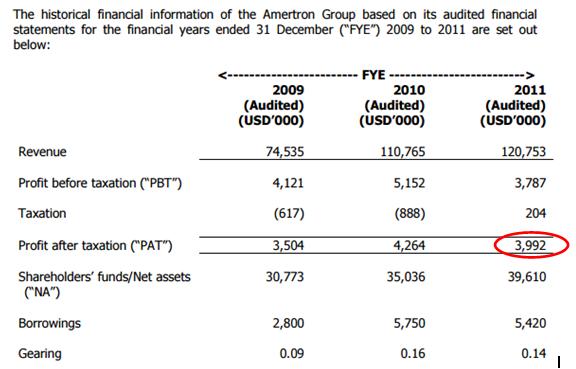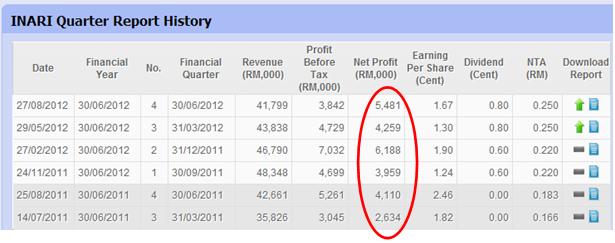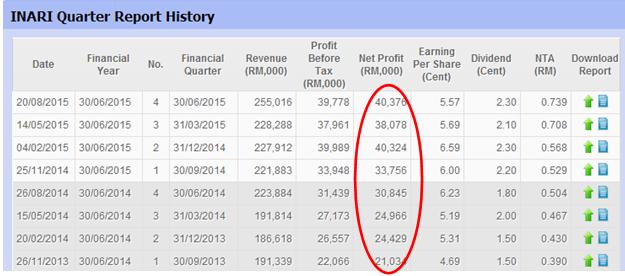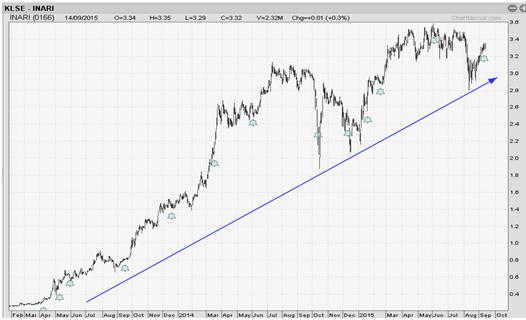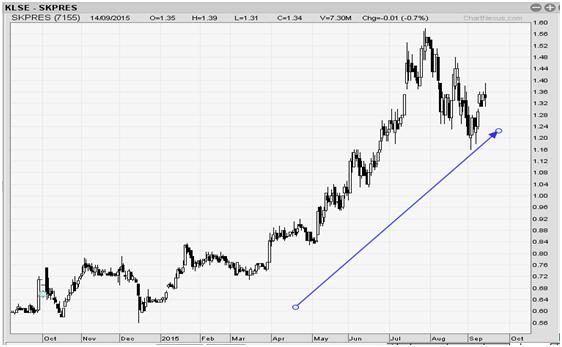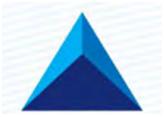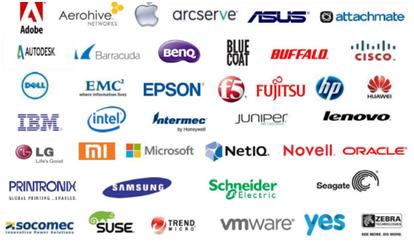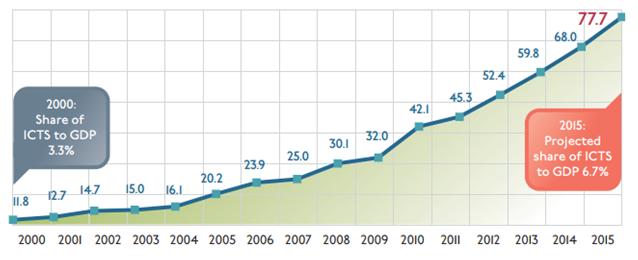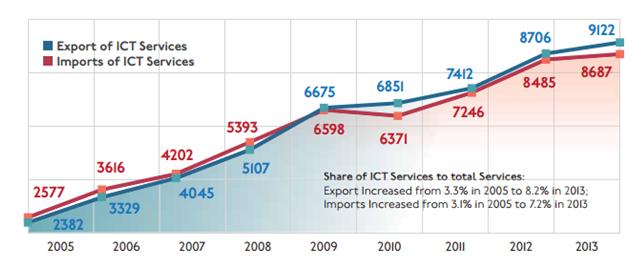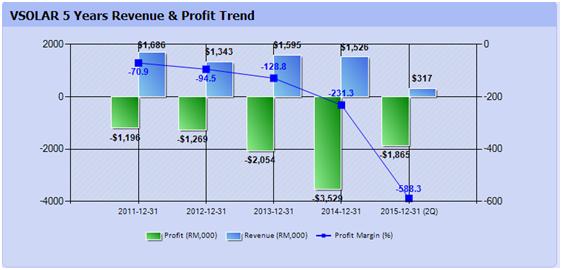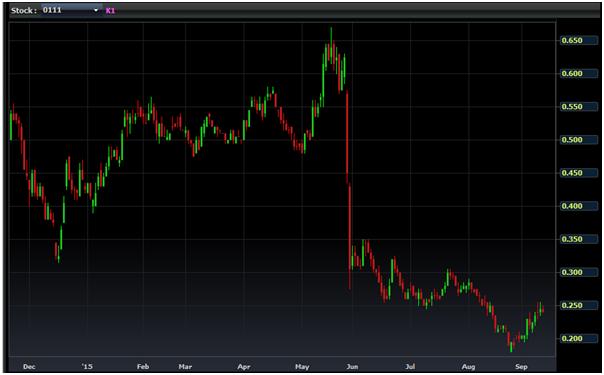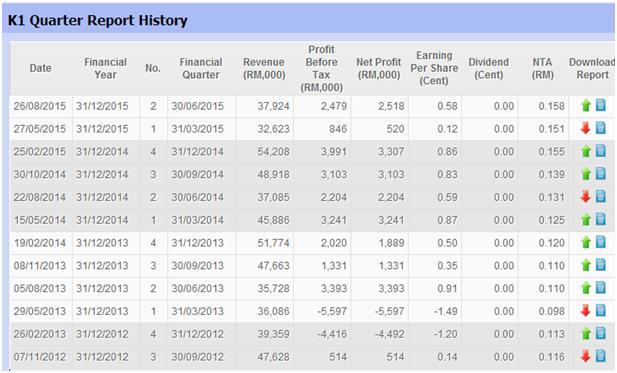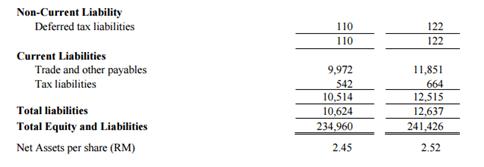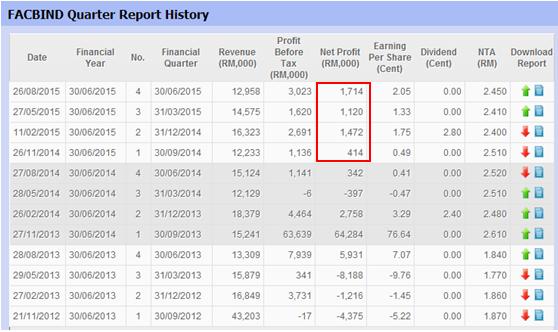
I started to write on 11st August 2015. So far, I had shared 24 articles within 1 and a half month. Thanks everyone for the comments, either it is good or bad. I hope you are able to gain something from my articles. I am still in the process of learning as well. Just to share something about myself.
I was born in year 1992, age 23. I completed my degree in Actuarial Science on year 2014.
During the first 2 years of my degree, my life was just playing games, futsal and “yamcha” with friends. I don’t have a direction where should I go after graduate. However, along the third year, I slowly found my interest and dream.
In my degree life, I learnt business finance, portfolio management, financial statement analysis, micro macro economics and financial economics. However, everything is just in theory and without any real life explanation and practical. Every examination and tutorial is just spoon feeding with all the information, all I need to do is put in the formula to get the answer. Sometimes I don’t even understand what it stands for even though I get the correct answer.
The course did not teach me any real life knowledge about shares market. I don’t even know how to read the economy part in a newspaper. Luckily, I get my first investment book which the author was Cold Eye. From there, I started to absorb and gain knowledge about Malaysia shares market.
When I first know there were 900+ listed companies in Malaysia market, I was shocked. Where am I supposed to start? Which segment should I focus on? And, even though I understand the knowledge of PE, ROE, NCAV, NTA, current ratio, debt ratio, etc., where should I find all the information that I need to calculate?

GOOGLE was my best mentor during the hard time. I slowly develop my own excel sheet and a list of shares which I had studied before. From every company research, I gain new knowledge. From there, I improved and refined my works from time to time. However, it is impossible for me to study one by one. I need a team or group to do this together. I tried to influence my friends to join me, unfortunately no one is interested.
Even though I am alone, I am still continuing with my research. I tried my best to cover as many as I can. I take it as my hobby where I am happy to do it. By the time I am ready to step into real life investment, I realize I had not much money to invest as I just graduate. In fact, I still have huge PTPTN loan to return!
I started my shares investment journey only by end of February 2015. During that time, it was the recovery period of shares market. I am doing well in my first portfolio. I am very keen to stick with Cold Eye and Warren Buffet theory, which is to hold for long term. However, I failed.
I remember when I first bought Homeritz at MYR0.99, it took 1 to 2 months for it to up to MYR1.20 and then it only took 1 to 2 weeks to drop back to MYR0.96! I keep asking myself why don’t I take profit when the price was still MYR1.20. I had wasted 2 months holding for nothing. On the other hand, I saw people flying Wintoni during that time. In 2, 3 days, they had gained more than 20%! It was so attractive! At last, I was influenced and changed my concept which leads to lose trade more than win trade.
I learned and I gained along the journey. I am glad I experienced the downtrend during this moment. Even though I loss part of my money, but I believe it will make me a better, stronger and more experienced investor. A good analyst doesn’t mean he/she is a good investor. At least I found my own method and strategy of holding now.
However, as time pass I realize I need a team to do it together. I don’t have anyone to discuss with or point out my mistake. One person can walk very fast along the journey, but without a team I will not be able to walk too far. So, I started to write and share some articles.
It is never easy to start from nothing until I had something today. Look back at the past 1.5 years journey, I am glad for who am I today. And, my journey had just started! This journey will be a long one, but I believe I can walk till the end.
You are never too old to set another goal or to dream a new dream. The time for action is now and it's never too late to do something. The opportunity only waits for person who is ready! We will be success, not immediately, but definitely!
One day, I will achieve financial freedom through shares investment, by the age of 45. One day, I will set up my own company which principally involve in research, analysis, education and fund management.

Thanks for all the comments either it is good or bad. Thanks for all the support words; indeed it gives me motivation and boasts up my passion. I will continue writing and learning!
I will be writing some stock analysis report to earn some pocket money. It will be a step nearer to my dream. I will be seriously happy if some of you willing to support me.
I will be writing 5 stock analysis reports and 1 comparison of same industry company report a month for a fee of MYR120/month. I believe I can bring out something that normally financial institution equity analyst will not write and notice. It will be a simple, easy to read and understandable report. It had included fundamental and also technical analysis.
You may download a sample report of SAM Engineering as below:
You may also refer some of my articles as below:
1. Export-Oriented Company Not Necessarily Benefit From Weakening Of MYR -->Tongher
2. How to Spot Unfavourable Factors of a Company? -->AYS
3. Consistently Profit Making Company Not Necessarily Is Good --> London Biscuit
4. The Art Of Investing – How To Survive During Market Downturn
In addition, you may request to carry out a research on a specific company that you wish to know, for a fee of MYR25/report. For those who subscribe monthly, there will be no extra charges.
For those who are interested, you may contact me at richeho_92@hotmail.com or 016-9392726. Or you may leave your email below, so that I can contact you.
Just for sharing :)

